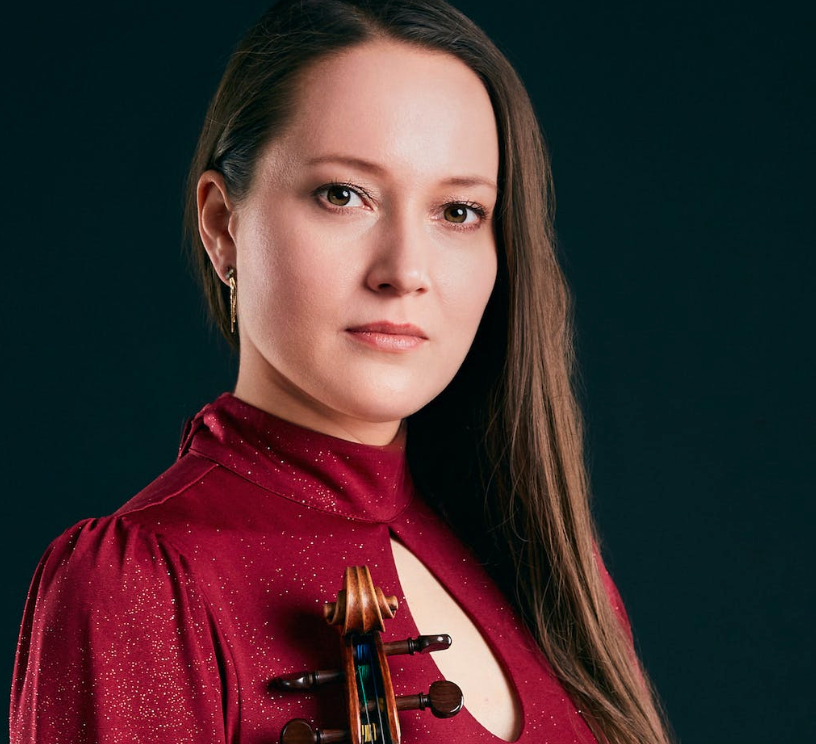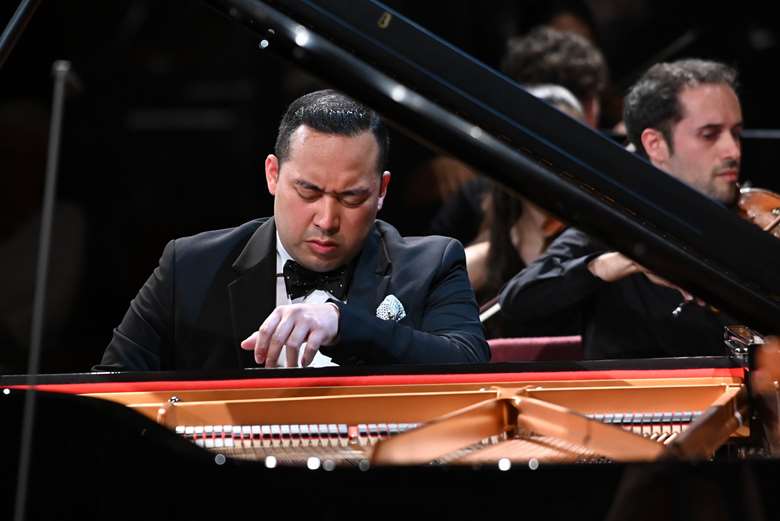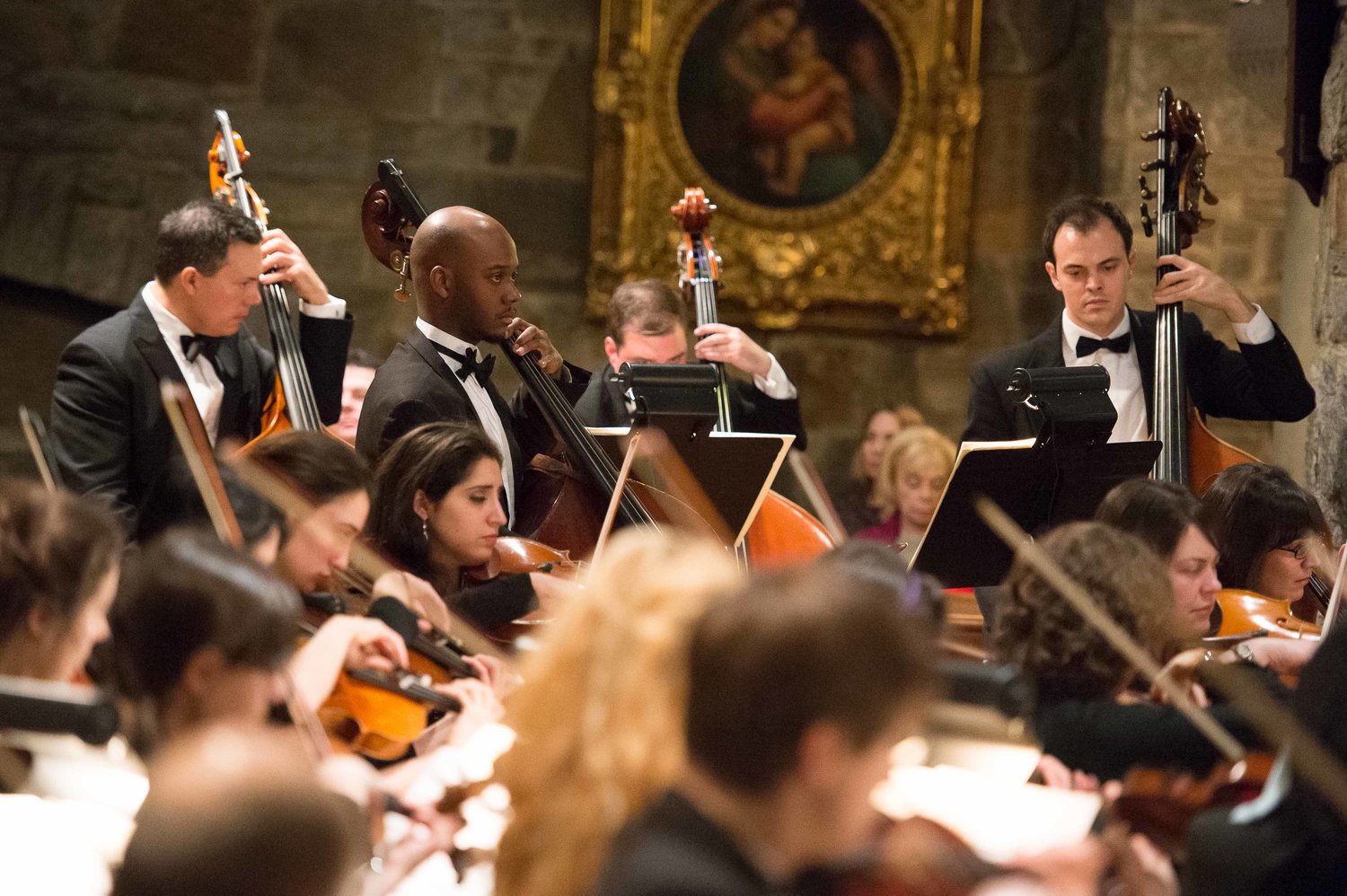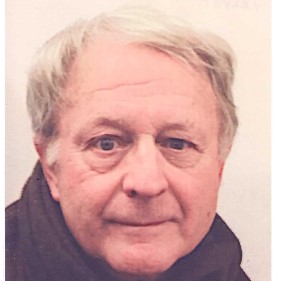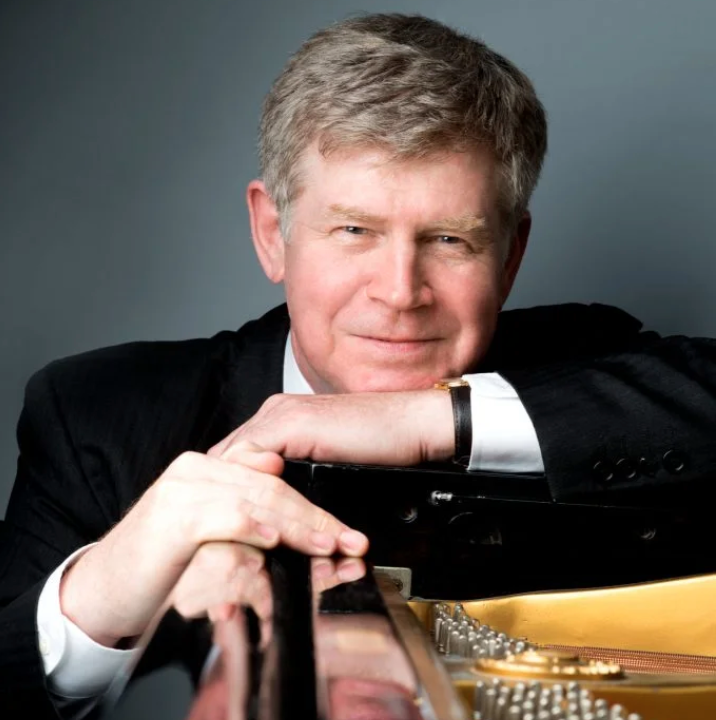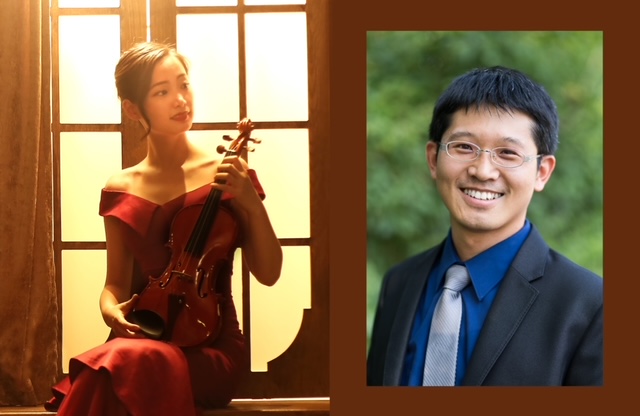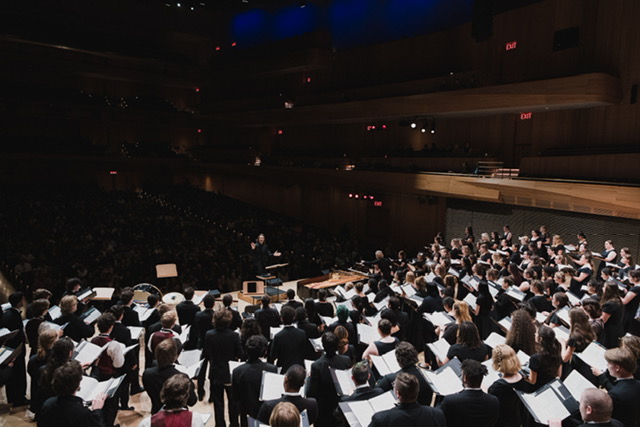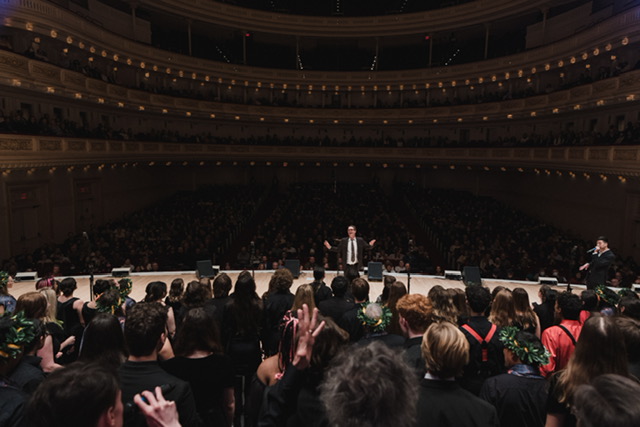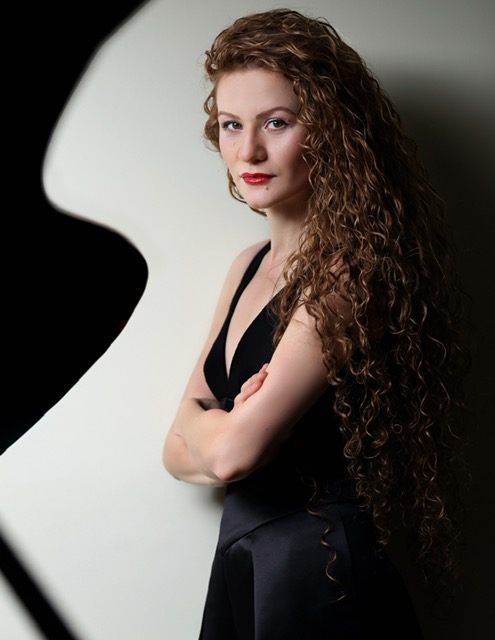Magdalena Filipczak, violin; Jessica Xylina Osborne, Piano
Weill Recital Hall at Carnegie Hall, New York, NY
May 30, 2023
A large crowd came out to Weill Hall this Tuesday for the debut recital of violinist Magdalena Filipczak with pianist collaborator Dr.Jessica Xylina Osborne, and it was a concert not to be forgotten. The program was beyond bountiful, including fiercely demanding 20th-century works (by Arnold Schoenberg, Witold Lutoslawski, Benjamin Britten, and Stephen Coxe), alongside virtuoso showpieces (Eugène Ysaÿe and Henryk Wieniawski), all flanking the centerpiece of the evening, Franz Schubert’s monumental Fantasy in C major, D. 934. Of these works, almost any by itself might be the high point of a typical violin program, but here were seven such pieces together. The duo of Filipczak and Osborne was certainly a match for it all, as one might have been led to expect from their excellent credentials, but they surpassed expectations, adding memorable surprises along the way.
Incidentally, this recital was supposed to have occurred in 2020 but was among those canceled because of the pandemic. Three extra years can make a program feel stale, but in this case time seems to have ripened it perfectly. With only one change from the original 2020 program (still posted on the Carnegie website) – Wieniawski’s Fantasie Brillante on motifs from Gounod’s Faust in place of Ravel’s Sonata No. 2 – the substitution simply expanded on a “Fantasy” theme that was already emerging with the Schubert, Wieniawski, and Schoenberg (all heard in Ms. Filipczak’s debut CD album, Essence of Violin).
Back to 2023, the recital burst into action with a work aptly named Subito, Lutosławski’s dazzlingly craggy and chromatic test piece commissioned by Joseph Gingold for the 1994 International Violin Competition in Indianapolis. Ms. Filipczak exploited it as the vehicle of violin wizardry it was meant to be, showing a huge emotional range from violent outbursts to lyrical lines. The split-second timing of the duo was exceptional.
As if the Lutoslawski had not been edgy and dissonant enough, Schoenberg’s Phantasy, Op. 47, the composer’s last strictly instrumental work, followed. In lieu of program notes, Ms. Filipczak made some prefatory comments (also announcing a change from the program which had listed the Britten next), but sadly a very noisy late seating drowned her out. This was a lot of challenging music for a lay audience to process, but the duo did pull it off with conviction.
Anticipation was building (in this listener anyway) for the Schubert Fantasy in C Major (1827) as Ms. Filipczak explained the connection between this great work and one of the lieder Schubert had composed in 1822, Sei mir gegrüßt, or “I greet you” (the Fantasy‘s Andantino movement being a set of variations on that song, reworked). Little did we know what was up this pair’s sleeves, but just as the pianist started what sounded like the introduction of the Andantino movement (which would have been skipping ahead in the Fantasy), it turned out to be the similar piano introduction to the original song Sei mir gegrüßt – sung by none other than Ms. Filipczak herself! To be clear, that is not to say that Ms. Filipczak played a transcription of the song (something violinists have done in conjunction with this work), but that she sang it, and with a lovely and well-trained voice! At this point, one recalled that along with her violin studies there were mentions in her biography of voice studies – but those had been nothing to prepare one for her singing at her own violin debut. What a wonderfully bold touch! It became clearer and clearer that Ms. Filipczak, along with being an immensely gifted violinist, is first and foremost a musician. She aims to communicate all she can by whatever means necessary, going the extra mile and taking risks. Based on what we heard, she is succeeding!
Overriding any urge for disruptive applause, her pianist and “partner in crime” led smoothly from the song to the tremolando piano opening of the Fantasy, as if in a dream sequence. It was a breathtaking segue, and it enhanced the experience of this magnificent piece. Aside from what seemed slightly differing conceptions of tempi in the earlier of the Andantino‘s variations, the Fantasy benefitted from still more superb playing from this duo. Dr. Osborne handled with polish the torrents of passagework, octaves, and other difficulties, while always listening and intuiting keenly as a chamber musician. The piano lid was up, but her piano sound rarely overpowered – it was just robust, as most of this duo program demanded.
After intermission, we heard Britten’s Reveille: A Concert Study for Violin and Piano, moved from the first half. A dreamy evocation of the difficulty Britten’s young violinist friend had with early mornings, it enjoyed sleepy slides from the violinist over a hypnotic piano part, blooming gradually into the day’s etudes before a comically perfunctory close from both – it was done to a tee.The audience then lapped up Wieniawski’s Fantasia on Themes from Gounod’s Faust, a piece that piles so many different facets of violin technique on top of one another that it verges on hilarity. It was great to hear a duo good enough to have fun with it – one didn’t know whether to laugh or gasp in awe.
Cherchant, a 2019 work (World Premiere) by Stephen Coxe came as a sobering interlude with notes of Ravel, Berg, and Szymanowski, and it lived up to its title well with its sincere feeling of searching. Around this point in the long evening, it struck one that this duo may want to opt eventually for slightly shorter programs. Sometimes less is more (and it is a lot to ask an audience – including a reviewer – to leave after 10 pm for a concert starting at 8 pm). Allowing time for talking (and singing!), the Coxe work could have perhaps replaced the Schoenberg (fantasy themes notwithstanding), leaving the second half lighter and with more momentum. Alternatively, perhaps just one of the showier pieces was enough. Ysaÿe’s Caprice d’après l’étude en forme de Valse de Saint-Saëns closed the program with still more over-the-top brilliance, and one approached what could be called the “virtuosity saturation point.”
Minor reservations aside, the Ysaÿe found Ms. Filipczak in incredible form yet again, and Dr. Osborne masterful, never becoming the bland background even with the violin in the fore, but always adding flavor to each gesture and phrase. Their rapport was felt in musical exchange that resembled witty conversation – wonderful fun, expertly projected.
A cheering crowd received two encores, Paderewski’s gentle Melodie Op. 16, No 2 (arr. Stanislaw Barcewicz) and Szymanowski’s haunting Prelude Op. 1, No. 1 (arr. Grażyna Bacewicz), both played with sensitivity. Hearty congratulations to both musicians!

